It’s about to get juicy (insert: “I keep it juicy juicy, I eat that lunch”). That song actually fits perfectly (even though I don’t think that’s what Doja Cat had in mind for it) because I’m about to answer the question of how influencers make enough money to live, pay rent and buy food. Perhaps you don’t care about all of that and you just want to know if you’re being ripped off by your favourite online creator. Well in this post I’ll detail all the ways influencers and content creators make money, work with brands and I’ll be explaining trade exchanges, PR products, affiliate links, discount codes & collaborations.
This is going to be a chunky post because there’s a lot to say and even more that’s misunderstood about this industry, that kind of came out of nowhere and now many people call this their job – I’m included in that group! This is actually a post for ANYONE consuming content online because I’m a big believer in always being authentic and transparent. You as the audience/viewer should be informed and educated so you know how to interact with these different types of content and how to support the content creators you love. And the more sinister option is that you’re an internet troll that loves reeking havoc on influencers lives, in which case you too will be armed with information (as your weapon of choice) when questioning influencers about what they share online.
Before we get into the nitty gritty, I have to prefix this by saying not everyone will disclose this or may not disclose it in the same way. As far as I know in terms of the advertising laws in South Africa (as of July 2020 when I’ve written this), you need to disclose if you have been paid (actual money) or given a product/service in exchange for promoting a specific brand.
WHAT IS AN INFLUENCER / CONTENT CREATOR?
Here’s a VERY brief understanding of what a content creator/influencer is and what they do. Essentially these are people that create content for online platforms like Instagram, YouTube, blogs, TikTok, etc. They’ve built up an audience of followers that are engaged & interested in what the content creator talks about. There are influencers in every field, from travel, to health, beauty and tech. These influencers are categorised on the amount of followers they have (although that shouldn’t be the only thing you take into account). There are nano (1k-10k), micro (10k-50k), macro (50k-500k) or mega/celebrity influencer (500k-1M+). If you’re a brand/PR wanting to work with influencers do some research on engagement rate, reach, audience buying power and actually check if your brand aligns with the influencers content, don’t just be drawn by the follower count.
In this video I give more detail about what actually goes into creating content, the trust relationship between influencer and audience, brand partnerships and how to support your favourite content creators.

I’m not sure how you like to eat your Sunday lunch but I typically start with the veggies (usually bland) and move onto the best part – the meat, potatoes and gravy but for the sake of audience retention I’ll start with the meat.
PAID PROMOTIONS/PARTNERSHIPS
This means that money has been exchanged – monetary payment from the brand to the influencer/content creator to produce and share content on specific platforms. Usually this will entail a detailed brief, campaign dates, objectives, specific hashtags, campaign reports and occasionally scripted information. What I mean by scripted is, the creator needs to mention the ingredients, claims, product variations, pricing, etc in some way or another. This could mean sharing their personal experience and incorporating specific wording into that.
If a specific product/range/experience needs to be used to create the content this will be provided by the brand and this should not included in the payment terms. Ie, if you’re promoting a fragrance, the brand would provide the fragrance in order for the influencer to create the content. This is simply provided so ensure the influencer/content creator can use, understand and experience the item first hand in order to talk about it on their platforms. I differentiate this content and disclose that it’s a paid partnership by including #ad in the caption, usually at the end. Check out this post to see how I disclose paid blog posts. In terms of traditional media, this could be compared to a billboard, magazine or TV advertisement.
TRADE EXCHANGES
To put this simply, this is product/experience in exchange for posts/exposure on the influencers platforms. There is no money involved in this exchange, it is an arranged product (at a set value) in exchange for exposure on the content creators platforms, to the same value as the item/s. This should be a mutually beneficial transaction between the brand and content creator. How I would usually approach this is by using my rate card as a benchmark for the value of product exchange. By mutually beneficial I mean that the value of services and product provided are the same.
Similar to paid partnerships, a trade exchange will often include a set amount of posts, posting dates & hashtags, etc. The only difference is that there is no money involved in this transaction between brand and influencer. Depending on the brand and level of relationship I will often start with a trade exchange so the brand can get an idea of ROI (return on investment) and from then on, do paid partnerships. I disclose trade exchanges on posts using #tradeexchange at the end of the caption.
AFFILIATE LINKS
This means that influencers will earn a certain amount for each purchase made using their unique affiliate link. The content creator/influencer would earn a certain percentage value of the item sold because they have sent direct sales to the brand, based on their recommendation or mention. The amount given to the influencer does not increase the product price and the brand will essentially pay the influencers percentage out of the profits made on that item. The only way I can think to illustrate this is that in-store sales assistant makes commission on the items they sell, so similarly, the influencer is making commission on the items they mention that result in sales for the brand. Just like the paid partnerships you need to disclose if an affiliate link is used because you’re making money from it. I’ve supplied an affiliate link but when I do in the future I’ll disclose it with #affiliatelink.
This is a big way that many international content creators make money but it unfortunately hasn’t take off in South Africa just yet. Providing affiliate links to influencers and the software needed for this, takes a lot of buy-in from the brand side and sadly, many aren’t willing to do that yet. As things currently stand: if I buy a knit from Woolworths with my own money, I then mention it in my stories and maybe 100 people buy it using the link I’ve provided. The brand makes sales and profit from the buying power of my audience (more on that in another post) because I’ve linked to the knit. This means that I’m currently not compensated for sales that I send to the brand, the content I’ve created that encourages sales and the time used to build up an engaged audience that trust my recommendations enough to buy. An affiliate link would provide the opportunity for the content creator/influencer to earn money based on their recommendations that result in sales for the brand.
PR PRODUCTS
The PR or brand will send out new product releases to the media (magazine editors, makeup artists, celebrities, influencers/content creators and sometimes store owners or beauticians) to pique interest, allow them to test prior to launch or simply to get their opinion on the product/experience. This in essence is one of the perks of creating content online for a large audience. Maybe at your work the perks are takeouts on a Friday sponsored by your boss or a car allowance – being given PR products/services just happens to be one of the perks of my job. Magazine editors have been doing this (receiving PR product from brands) for years and that didn’t stop any of us from reading a lipstick, getaway or brand review so it shouldn’t stop you from interacting with influencers content.
Although a lot of the time there is an expectation from the brand/PR side for the content creator to post something about the product, I don’t think there should be any sort of expectation for that. If there has been no formal communication about a trade exchange or paid promotion it cannot simply be an expectation that the influencer will leverage their audience for a R200 facial cleanser. Any PR products sent to me are marked with an asterisk and ‘PR PRODUCT’ because I don’t see these as ‘gifts’ because actual gifts don’t come with strings attached.
I think this understanding goes hand in hand with relationship and trust which is built up over time – majority of the PR I work with know that if I’m sent something and I love it, I will happily rave about it. This is true for products that are sent to me and products I spend my own money on. If I don’t like something or don’t have a use for it I just won’t talk about it online or will pass it onto a friend. Sometimes the brand will ask you to select items from their site/range that you’re interested in (I think this works much better than just sending out the same products to everyone) because it means you’re more likely to enjoy and post about it.
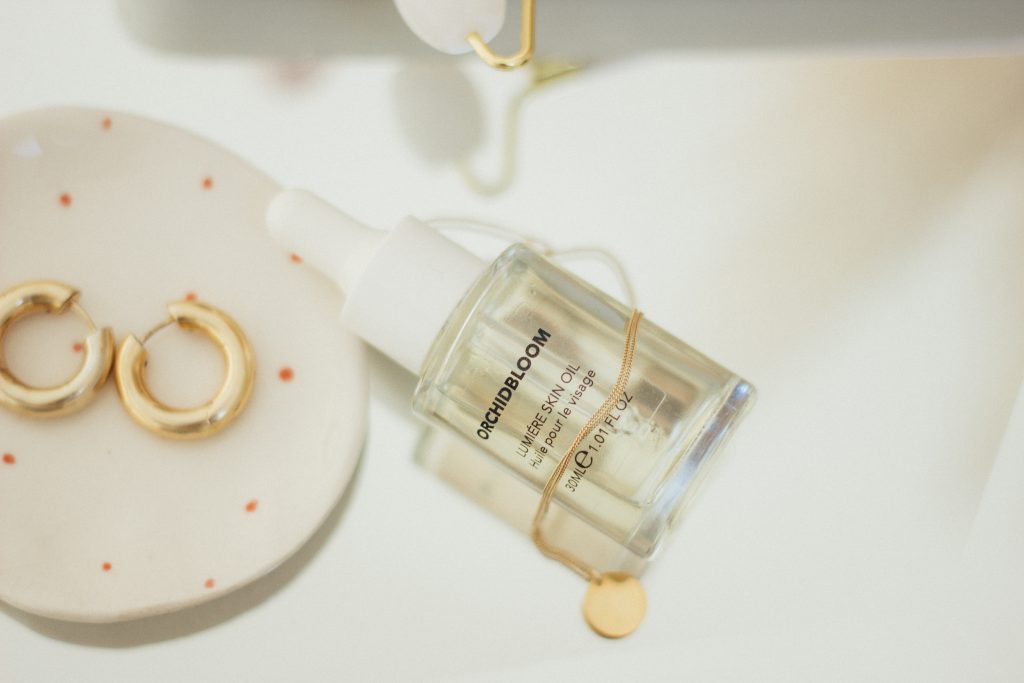
DISCOUNT CODES
A unique code generated by the brand specifically for the influencer/content creators followers to allow a discounted rate when shopping. Typically this is just something nice to offer your audience because they get a discounted rate and the brand has a spike in sales. This works particularly well if there’s a specific brand/product an influencer speaks about regularly and they want to generate sales for the brand or illustrate their audience buying power. This can be coupled with a paid promotion but then obviously that needs to be stated.
I’ve really grown to love working with brands to provide my audience with a discount code to shop some of my favourite items. For example, I have an ongoing discount code with Best, specifically for my followers because I constantly get asked about my earrings, so why not send more business to a small brand and give my followers a nice discount. I don’t earn any money from this, it is simply something that I like to offer because it benefits a small local business and my audience – win, win! If this was compared to traditional marketing it would be the new school version of cut-out coupon codes that used to be in magazines.
AD REVENUE
Advertisements strategically placed on a website or video which allow the influencer/content creator/site owner to earn money based on the amount of viewers. The most obvious example are the ad’s seen before, during and after YouTube videos. A portion of the money paid to Google (by the brand being advertised) is paid to the video creator. The amount earned or potential to earn ranges depending on the amount of views. If you’re getting millions of view on each video, you could possible live off or earn big on the ad sense revenue from your channel.
Brands like The New York Times, News 24, BuzzFeed & The New Yorker (to name a few) are sites that make a good amount of money off Ad revenue because they have so many viewers. The percentage the creator earns is set by the site (ie, Google or YouTube). Content creators can choose to have banner ads on their site or blog but in my opinion they’re mostly ugly and take away from the aesthetic of the site.
PRODUCT COLLABORATIONS
This is when an influencer/celebrity partners with a brand to create a range of products. Think Adidas x Ivy Park, Rich Mnisi x Coca Cola, Yeezy x Adidas, Pearl Thusi X MAC Cosmetics & KBT x Jimnojean – these are some examples of two brands coming together to create specialised products. The design, branding imagery and marketing is decided by both brands and is ultimately a collaborative effort. Both brands will earn a percentage of the profits which allows for a wider reach as both parties have a stake in the success and sale of the collection.
Once again, this is something that is only just making it’s way to South Africa with more brands seeing the benefits of collaborating with an influencer to reach a new audience. If I’m being completely honest, I don’t know how you’d disclose that you, as the influencer, are making money from a collaboration. If you have suggestions, let me know.
EVENT APPEARANCES
An influencer/content creator is paid for their public appearance at an event, which usually includes marketing materials featuring an image of said influencer to entice their audience to attend. This would typically go hand in hand with paid promotions on the influencer platforms. As the influencer, you are associating your face/brand with a company to promote an event – think of beauty masterclasses, meet & greets or even Instagram lives. As with a regular job you are paid to come to work and the company is paying for your specific set of skills, just as brands would pay influencers/content creators/celebrities for their time (the age old lesson of time = money), their likeness (face), and their audience.
I’m not talking about PR or brand events. Most of the time, brands don’t pay content creators to attend those launch events. If I’m invited to a Lancôme launch event and I’m not working with the brand on that specific launch, I wouldn’t be paid to attend. I’m more speaking about the events where the content creator is the main ‘attraction’ to draw a crowd.
AMBASSADORS
Typically representing the brand in more of a longterm partnership between content creator and brand which includes continuous paid promotions and product. Brands have been doing this for years with sports people and it’s become increasingly popular in the influencer marketing space. Similar to paid promotions you’d have specific dates, objectives, appearances, posting schedule, exclusivity, etc. As with the event appearances, the influencer would have to associate their reputation or online presence with the brand.
There are many international influencers that are ambassadors for Pretty Little Thing, Land Rover, Smeg, etc. On a local level, I’ve seen many influencers partnering with Cotton On, Volvo & Adidas. If there’s payment involved this needs to be disclosed with #ad #paidpartnership but it’s simply product in exchange for post then #tradeexchange can be used.
HOPES FOR THE FUTURE
The Influencer marketing space has grown so much , even in the last two years but some of the old strategies are still in place, so these are some of the things I hope will change in the next few years. There are a lot more brands handing out discount codes but not many that are willing to put their money where their mouth is when it comes to affiliate marketing. My hope is that this area of influencer marketing will see significant growth which will allow more content creators to make this their full-time job and earn the kind of money needed to live comfortably.
Brands & PR, this is your time to lean in & listen, it’s time to change your strategy – if you’re willing and able to pay a photographer/stylist/model/make up artist for their time and skill, you can pay content creators what they deserve too. If you want to work with influencers and value their audience, brand voice and authenticity, pay them for it. Not in product because products don’t pay for rent, a camera, petrol or the wifi used to promote your brand. Lastly, look at your ad spend – if you’re not seeing tangible conversions, do some research and approach a content creator that connects with your brand and could drive actual product sales & brand awareness.
This needs an entire blog post but I’d love to see brands being more inclusive with the content creators chosen for campaigns – I’m talking all body sizes, different races, hair types, skin conditions, disabilities, etc. People want to see themselves represented in your marketing materials & campaigns.
Lastly, I’d love to see more product collaborations between brands and content creators. As I said, this has only recently started in SA so it’s a largely untapped market and great way to drive sales, expand your product range & grow your audience.
Since this industry is still kind of new (compared to others), I’m sure there will be many more avenue streams to make money in the influencer marketing space but for now, these are the most commonly known and used options. I really hope this helped in bringing clarity and better understanding to how influencers work with brands and make money. Speaking from the content creator perspective, I’m hoping this will encourage you to interact with influencer content differently, now that you know a bit more and hopefully builds more trust between you & the content creators you love, support and follow. If you want to understand some of what goes into content creation, negotiating with brands and how you can support your favourite creators check out my YouTube video on influencer marketing.
I’d love keep this series going so if anything was unclear, you have questions, concerns or just want me to speak more in-depth about a specific topic, do let me know in the comments. I’d love to hear your feedback!

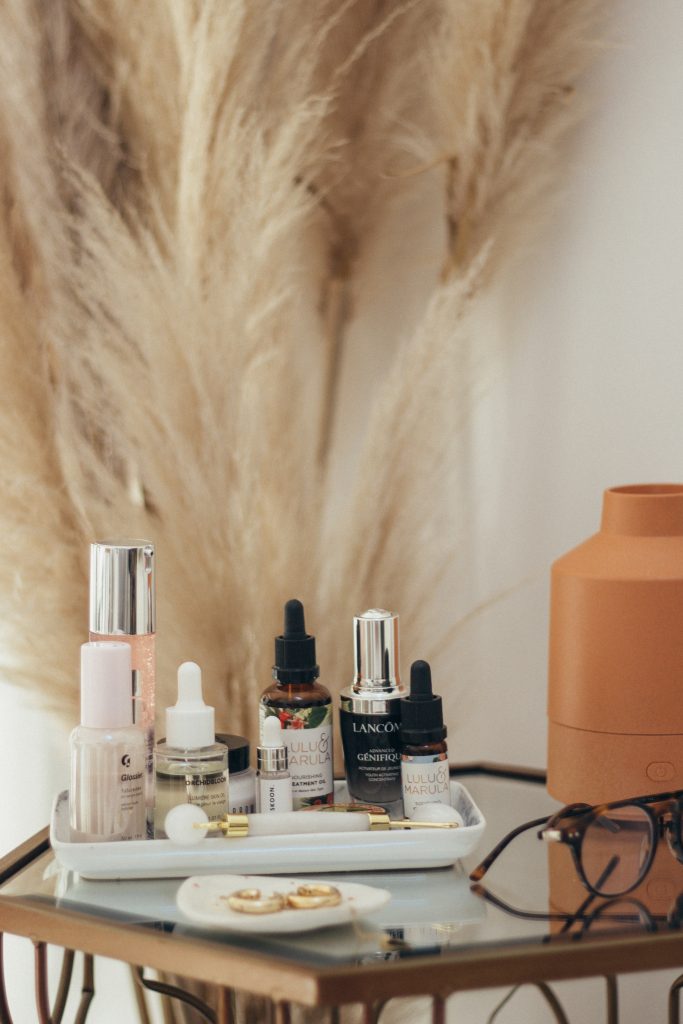
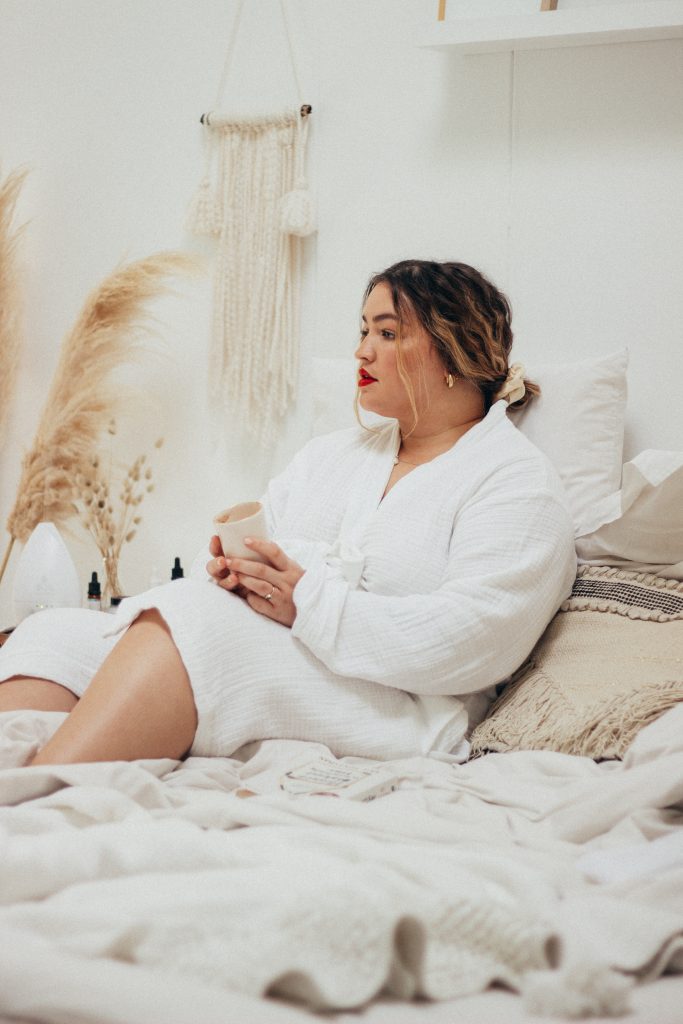
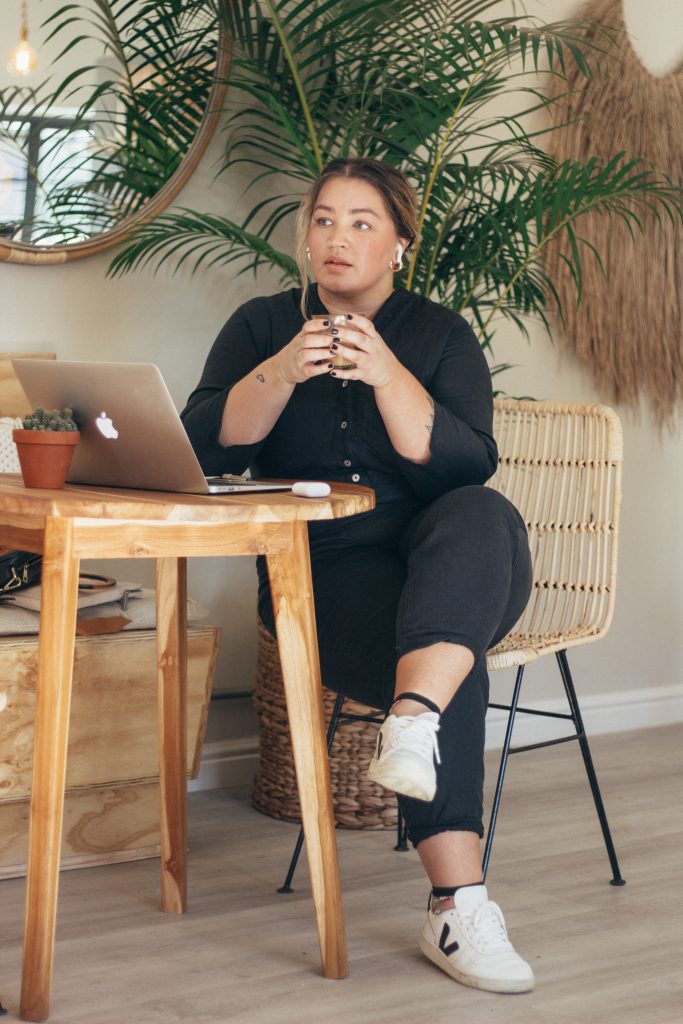
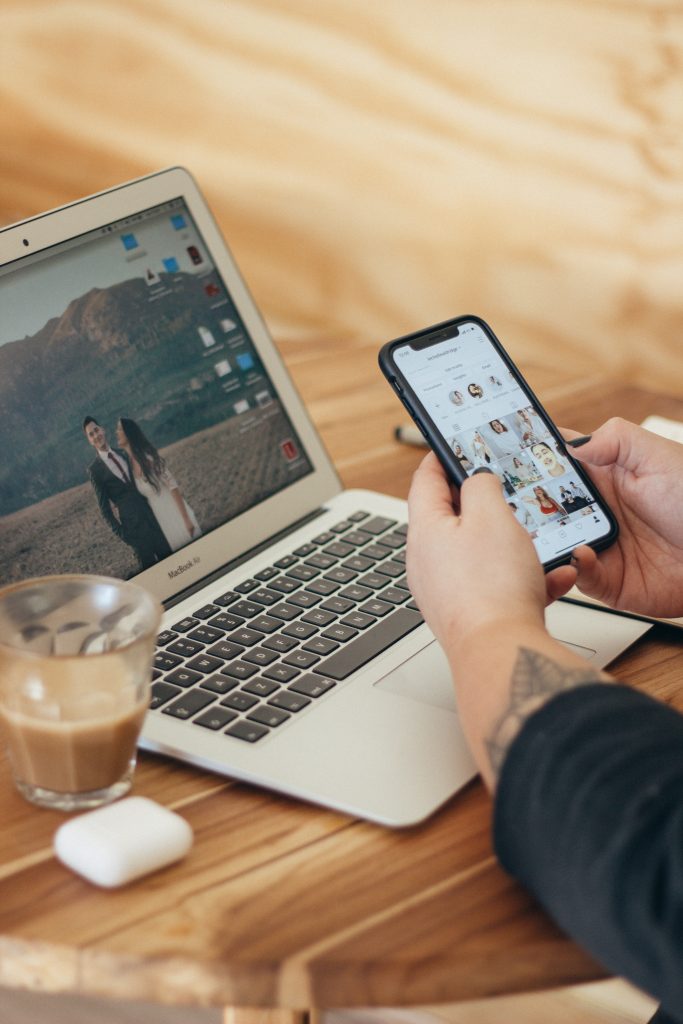

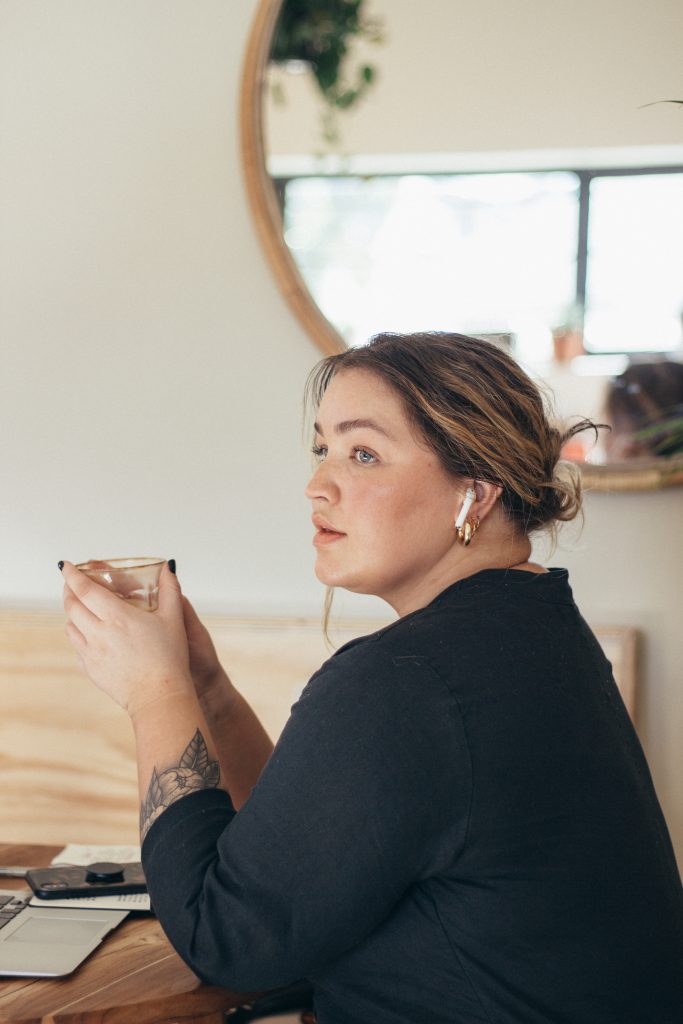

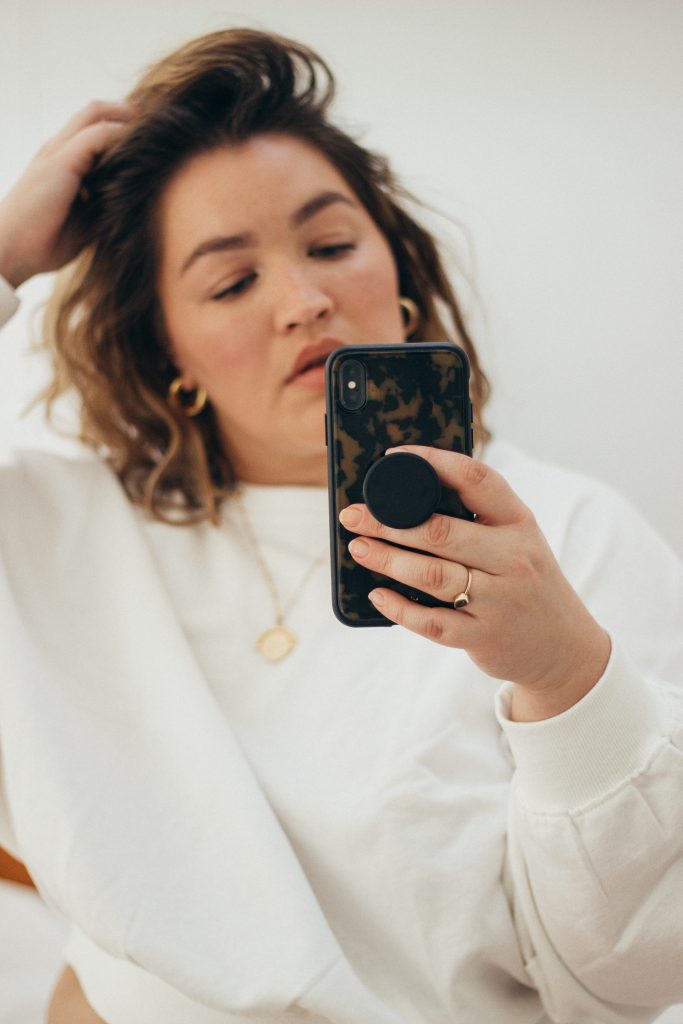
3 comments
Thank you for this comprehensively written blog. There is so much that people are unaware of when it comes to the behind the scenes of content creating.
As a Pinterest manager it is also interesting how different things are for South African content creators versus international content creators. Hopefully this soon changes.
Thank you , this was very informative for me as I am new to the industry and trying to build a name for myself.
Thank you for taking the time to inform your audience and industry representatives. This has been an eye opener and will definitely influence the way that I approach influencers to build long-term business relationships.